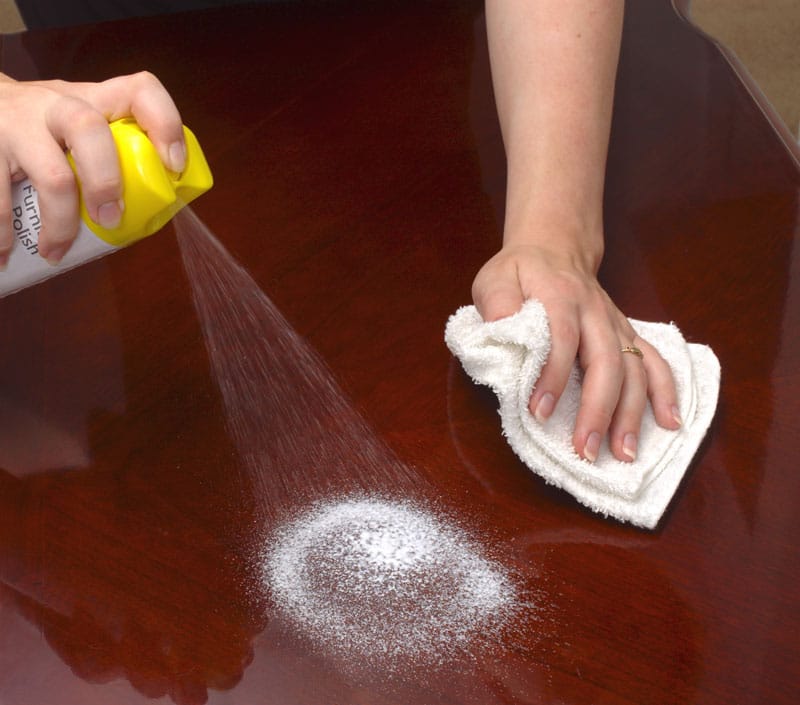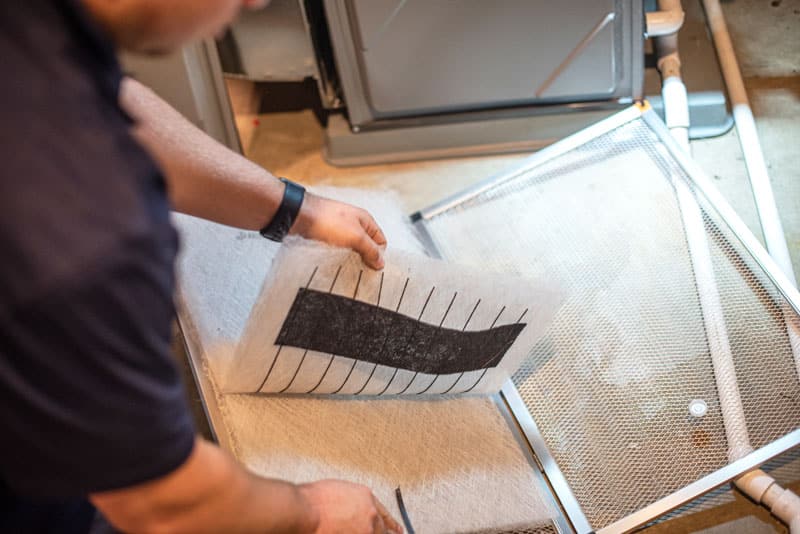Think about how often you clean your home. Whether it’s daily, weekly, monthly, or only right before the in-laws visit, typically you can see what needs to be cleaned by the dust, dirt, and grime collecting on every surface. With a little time and elbow grease, soon your home is sparkling clean.
Maintaining clean air in your home, on the other hand, involves more than getting out the broom and dustpan. While regular housekeeping keeps pet dander, allergens, and dust mites at bay, achieving healthy indoor air quality can be challenging, because most airborne pollutants are invisible to the naked eye.
Biological contaminants, household products, radon, and combustion sources are all common sources of indoor air pollution that can be hazardous to our health if our homes are poorly ventilated – especially newer, airtight homes that are built to be energy-efficient.
Some pollutants are introduced to our environment through products we use every day, while others grow in environments with high temperature and humidity levels. Health effects of poor indoor air quality can be short- or long-term and range from mild to severe – even deadly – depending on the concentration, toxicity, and length of exposure to the pollutant. Because reactions to airborne contaminants vary by individual, research is ongoing to determine which levels lead to significant health problems.
Let’s dive into four of the most common sources of indoor air pollution and how your heating and cooling system can help ensure your family is breathing the cleanest possible air at home.
1. Biological Contaminants
Every home is an ecosystem of its own that contains trillions of microscopic organisms. For the most part, we live in tandem with these organisms without issues. However, biological contaminants like bacteria, viruses, mold, and dust mites can lead to a range of health problems when they begin to grow out of control because the environment is warm, humid, dirty, or all three. These particles affect our health when they are released into the air through evaporation. High volumes of biological pollutants can lead to allergic reactions, infections, asthma, and other respiratory issues.
2. Household Products
Products we use every day for personal care, house maintenance, or hobbies can also cause poor indoor air quality if they are not adequately removed from our air supply. Paint, varnish, cleaning products, building materials, and cosmetic products all contain volatile organic compounds (VOCs), which are emitted as gases from certain solids and liquids. VOCs can cause respiratory irritation, headaches, dizziness, nausea, and other health issues that typically last until the irritant is removed from your space.

3. Radon
Even pollutants from outdoors, like radon, can affect indoor air quality when it enters your home naturally or through mechanical ventilation. As a natural, odorless, and colorless gas, radon poses an especially serious risk to homeowners if it is not detected, as it is the second leading cause of lung cancer in the United States. Fortunately, radon test kits are easily accessible for homeowners to do on their own.
4. Combustion Sources
By-products of fuel-burning combustion sources are also a serious hazard that can contribute to poor indoor air quality in your home. Gas stoves, fireplaces, kerosene heaters, and grills all fall into this category. If vents in your home are not adequately maintained, exhaust from combustion materials can fill your home with deadly levels of carbon monoxide and other pollutants. Tobacco smoke is also a combustible material that can lead to lung cancer and other complications if homeowners smoke inside their homes.
These are only four of many types of pollutants that could affect indoor air quality in your home –and ultimately your health. Fortunately, the key to maintaining healthy indoor air quality lies in your home’s heating and cooling system.
Indoor Air Quality and Your Heating and Cooling System
In addition to keeping you warm in the winter and cool in the summer, your home’s heating and cooling system also maintains healthy indoor air quality by filtering pollutants out of the air and controlling humidity levels. However, your system can only work properly if it is regularly maintained. Schedule a routine inspection of your equipment with a certified professional at least once a year to ensure your system is operating the way it should be.

At Bears Home Solutions, we care about your family’s comfort, health, and well-being. In addition to providing heating and cooling maintenance services and a Bear Care maintenance program, we also offer a wide range of indoor air quality products like air purifiers, dehumidifiers, and humidifiers that can be installed directly to your existing system to ensure your family is breathing clean, healthy air. We are also the only heating and cooling company in our area to offer Aeroseal duct sealing services to prevent pollutants from leaking out of your ductwork while enhancing its energy efficiency.
To learn more about our services, contact your local Bears Home Solutions today!



